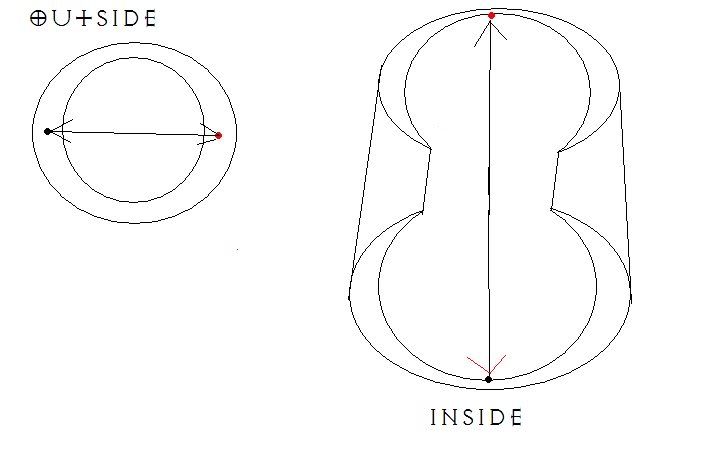Shemeska
Adventurer
There is no hole. The 'Illumination' section even flat out says that at night you can look up and see the city on the far side.
And again, for all of Sigil's history you've been able to look up at "night" and see the lights on the other side of the city, but it's the lights on the complete other side of the city. Look up from the Hive and you'll see the lights of the Lady's Ward, look up from the Lower Ward and through the smog you'll see the Guildhall Ward, etc. You're looking at the opposite side of the city's ring/torus/whatever word you care to use, not a portion of the same section of the city like you're inside of a hollow donut.
The 4e MotP isn't as clear as it could be, but it doesn't go out of its way to alter the way that Sigil has always been described.


